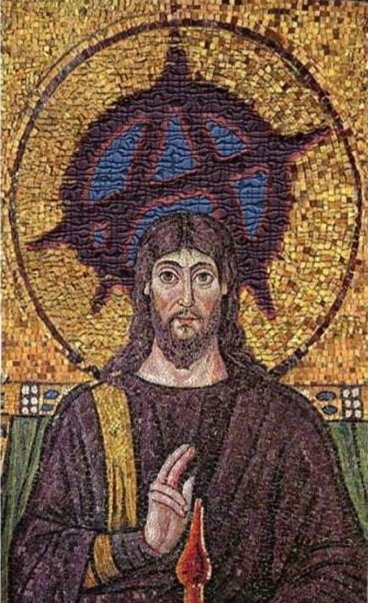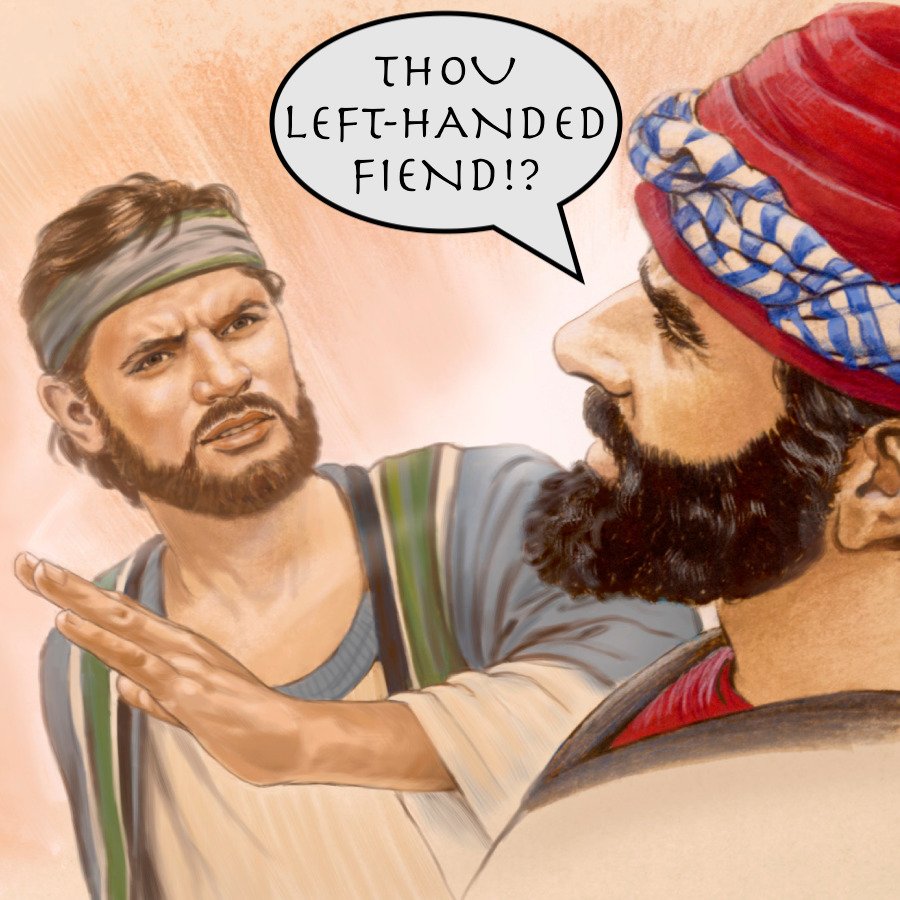Articles
Drugs in the Bible
Archaeologists have discovered cannabis and frankincense in an ancient Israelite Temple. What can we learn about the ancient science of dug combination, and how were these resins used in the ancient world?
In the Lord’s Prayer, Christians ask God to “give us this day our daily bread” - rather a lot of ‘day’. The word translated as “daily” is extremely obscure: epiousion, meaning beyond the ordinary.
Here begins a curious story…
In Exodus there’s a psychoactive preparation of herbs and resins that was used to encounter the divine on earth. The science resembles that used in preparing ayahuasca, and it is yet to be surpassed in complexity.
Written with the intellectual rigour one would expect from Strassman, his model is extremely compelling. His assertion, however, that “there is little… evidence in the text” of “psychoactive plants or drugs” may throw out the baby with the bong-water.
Frankincense is classed as a tranquilizer – as is Valium which also works on the GABA system. Valium has a certain appeal around Christmas time, as innocent Christians are exposed to their families, but frankincense appeals in a different way, for tranquilizers do more than merely make one tranquil.
Occupied Scripture
Why would King James, famous for his anti-democratic machinations, his shameless financial extravagance and his costly military misadventure, want to mistranslate the Bible to exalt meekness?
Occupy London returns to dust, our tents to ashes, but the seeds of resistance have been planted in the hearts of those who ate of the Tree of the Knowledge of Good and Eviction. What will emerge from those seeds, what runners and creepers, and what flowers will bloom in the coming seasons?
“The End is Nigh!” Delightful words, written in bold on a sandwich board or screamed out on a street corner in the ecstasy of doom. But what does it mean?
Let us reoccupy scripture and rescue the good news from bad translation.
A strike “on thy right cheek” from a righty is a backhand slap - how Roman men disciplined their slaves, wives and children. The violence is symbolic, intended to reinforce a hierarchy not to injure. Turning the other cheek challenges that hierarchy.









